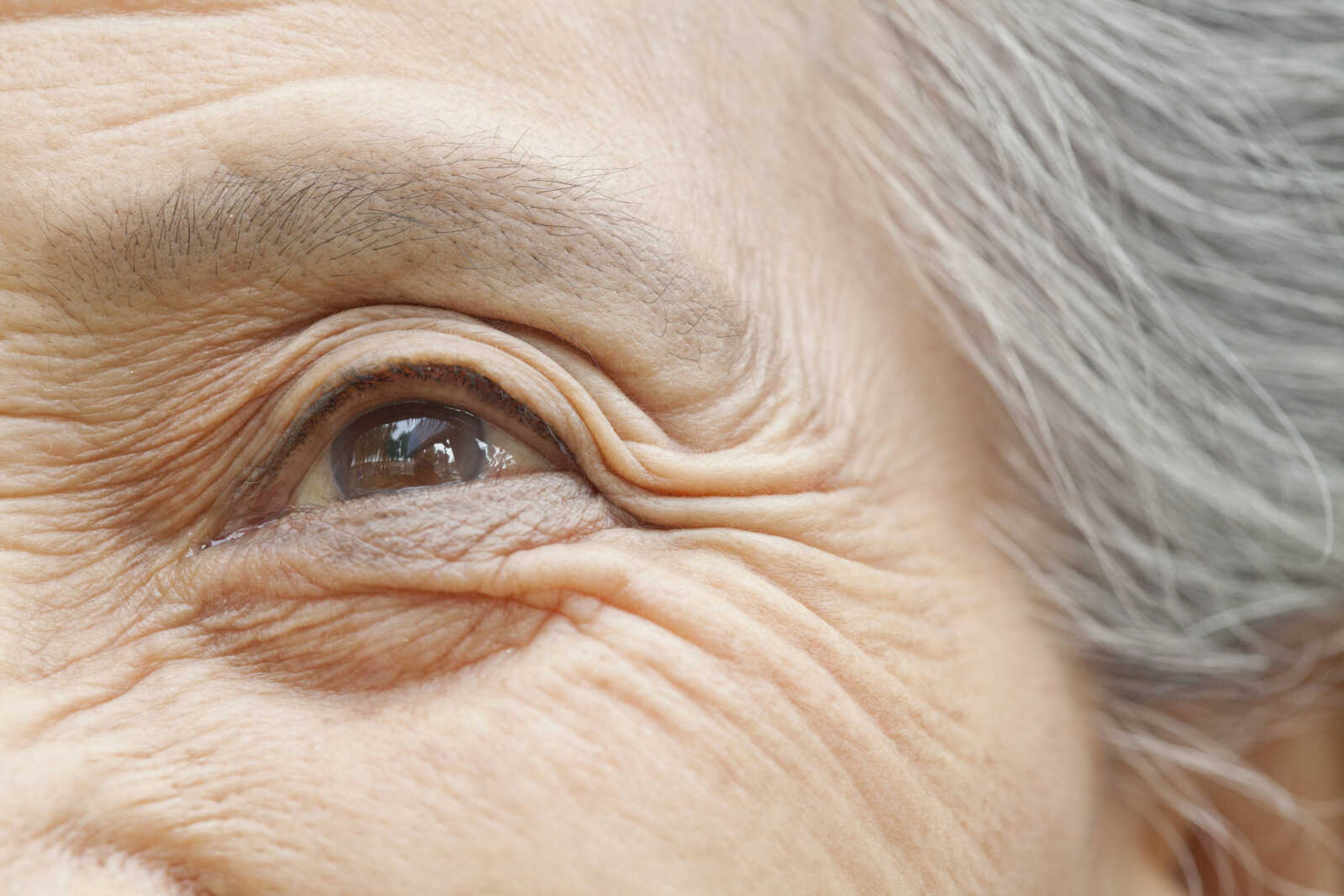Every facet of medicine has its tough conversations. In eye care, no conversation may be more difficult than telling a patient they have age-related macular degeneration (AMD).
AMD is the leading cause of blindness in the United States in patients 50 or older. It is a metabolic breakdown in a layer of one’s retina that results in central vision loss. There are two types, known as dry and wet disease.
Most patients, as high as 90% in some studies, have the dry disease. Currently, the only treatment for the dry disease includes a healthy diet, lifestyle and vitamins. However, only one in eight patients with the dry disease experience vision loss greater than 20/30.
The wet disease is the type associated with more aggressive vision loss, and treatments are available. Although the treatments may not restore vision, they have been effective in maintaining the vision that remains.
Risk factors for AMD include the following: age, Caucasian race, a diet high in saturated fats (meat, butter and cheese), overweight, smoking, high blood pressure and family history.
Perhaps the most common question we get from patients, especially those with family history: Is AMD preventable?
A healthy diet, being a nonsmoker, moderate exercise, watching your blood pressure, and wearing sunglasses are best practices to prevent AMD. Ultimately, AMD tends to be a “birthday thing,” but these are the only risk factors one can control.
Watching a child’s blue light exposure may also help to prevent AMD. Recent studies suggest that blue light may play a significant role on the metabolic level, as it penetrates to one’s retina.
Annual eye examinations are highly recommended in the diagnosis and management of AMD. Symptoms may include blurred vision, distorted vision, and poor night vision. If any of these symptoms are present, it’s encouraged you schedule an evaluation with your eye care provider.
~Dr. Ryne Wood is an optometrist at Leet EyeCare in Cape Girardeau
Connect with the Southeast Missourian Newsroom:
For corrections to this story or other insights for the editor, click here. To submit a letter to the editor, click here. To learn about the Southeast Missourian’s AI Policy, click here.









